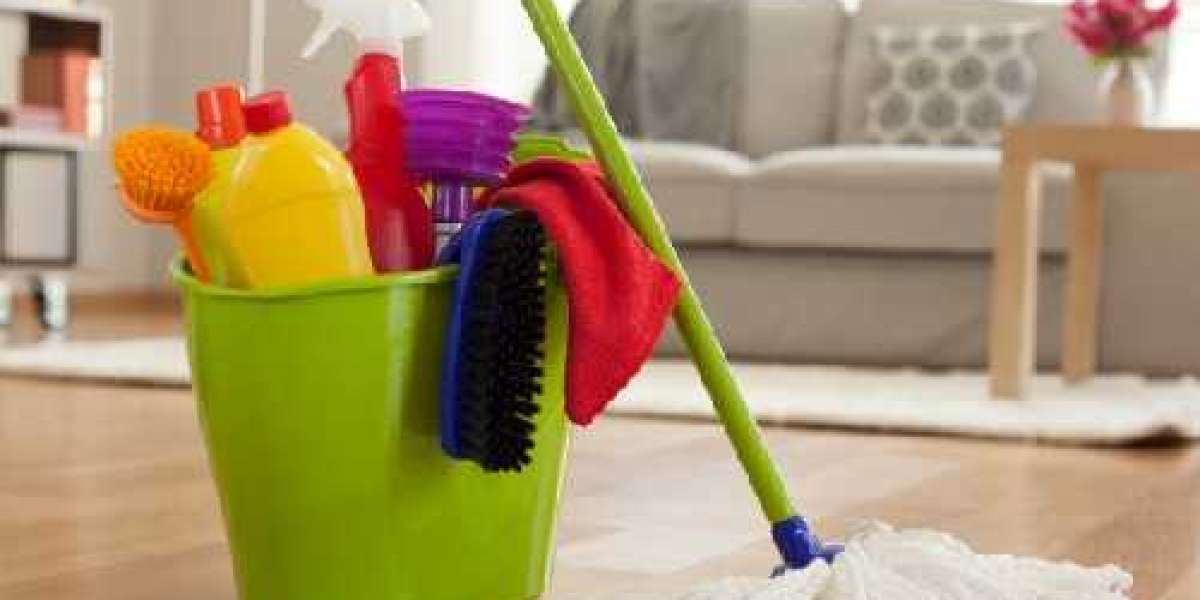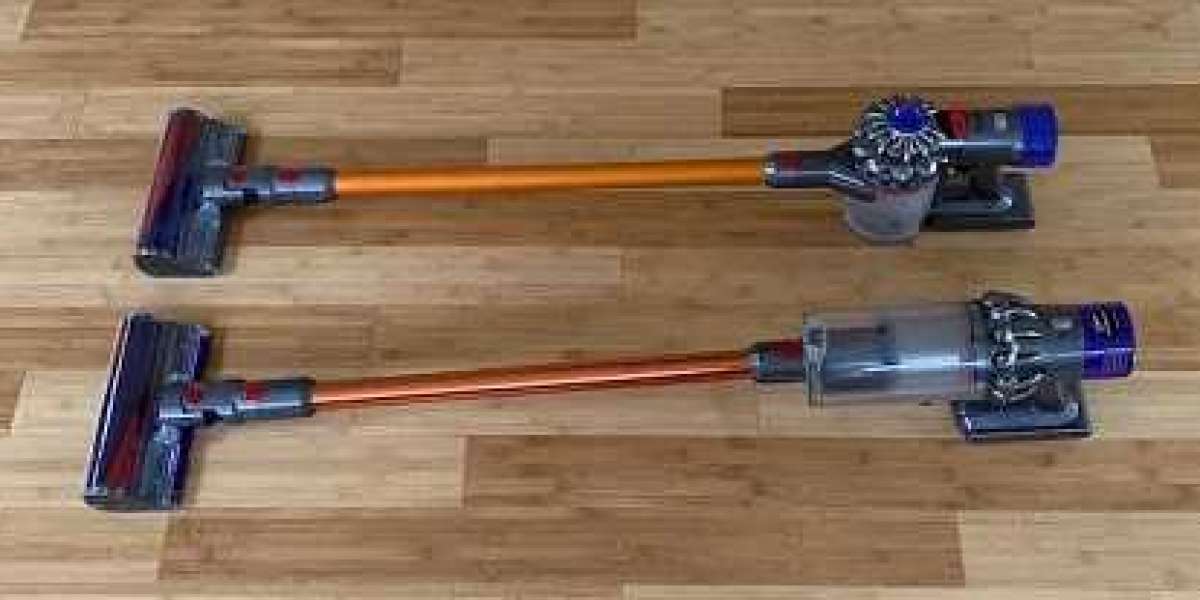Wood floors are a timeless and elegant addition to any home, adding warmth and character to the living space. To maintain their beauty and longevity, proper care is essential. One critical aspect of maintaining wood floors is regular cleaning, including mopping. However, the frequency of mopping can vary based on several factors. In this guide, we'll explore the considerations that influence how often should you mop wood floors and provide practical tips for effective maintenance.
1. Foot Traffic and Usage
The level of foot traffic your wood floors endure plays a significant role in determining how often you should mop them. High-traffic areas like entryways, hallways, and living rooms may require more frequent mopping compared to less frequently used spaces like bedrooms. If you have pets or young children, you might need to mop more often as well, as they can introduce additional dirt and spills.
2. Environmental Factors
Environmental conditions can impact the cleanliness of your wood floors. If you live in an area prone to dust or pollen, you might find it necessary to mop more frequently. Similarly, if you live in a coastal region with high humidity, moisture can potentially damage wood floors over time. Regular mopping helps prevent excessive moisture from seeping into the wood and causing warping or swelling.
3. Type of Finish
The type of finish on your wood floors also dictates how often you should mop them. Polyurethane-finished floors are more water-resistant and can handle slightly more frequent mopping. On the other hand, oil-finished or waxed wood floors are more sensitive to moisture and may require less frequent mopping to avoid damaging the finish.
4. Regular Maintenance Routine
Adhering to a consistent cleaning routine can have a significant impact on the frequency of mopping. Regular sweeping or dusting helps remove loose dirt and debris, reducing the need for frequent mopping. By incorporating preventive measures into your cleaning regimen, you can prolong the time between mopping sessions.
5. Visual and Tactile Clues
Sometimes, the appearance and feel of your wood floors can provide clues about when it's time to mop. If your floors appear dull, show visible dirt, or feel sticky to the touch, it's an indication that a thorough mopping is needed. Regularly monitoring the condition of your wood floors can help you determine when cleaning is necessary.
Tips for Effective Wood Floor Mopping:
Use the Right Cleaning Solution: Choose a cleaning solution specifically designed for wood floors. Avoid harsh chemicals or excessive water, as they can damage the wood and finish.
Minimize Water: Wring out your mop thoroughly to ensure it's only damp, not dripping wet. Excess water can seep into the wood and cause problems.
Microfiber Mops: Opt for microfiber mops, as they are gentle on wood floors and effectively trap dirt and dust.
Spot Cleaning: For minor spills and stains, address them promptly with a slightly damp cloth. This can prevent the need for extensive mopping later.
Protective Pads: Attach felt or rubber pads to furniture legs to prevent scratches and dents that might lead to dirt accumulation.
In Conclusion
Mopping wood floors is a crucial part of their maintenance, but the frequency depends on various factors like foot traffic, environmental conditions, and the type of finish. By considering these factors and following a consistent cleaning routine, you can keep your wood floors looking beautiful and ensure their durability for years to come. Remember, it's better to mop as needed rather than stick to a rigid schedule, as this approach is tailored to your specific flooring and lifestyle.








